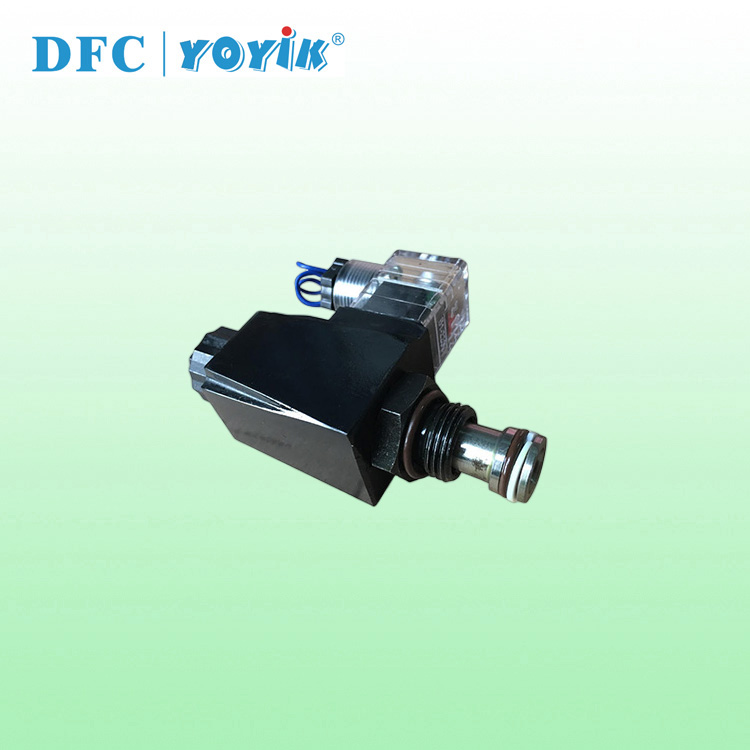28009, 46019
Business Type:
Business Range:
继电器,relay,
Management System Certification:
Terms of Payment:
OEM/ODM Availability:
No
Trial Member
2 years
Audited Supplier









